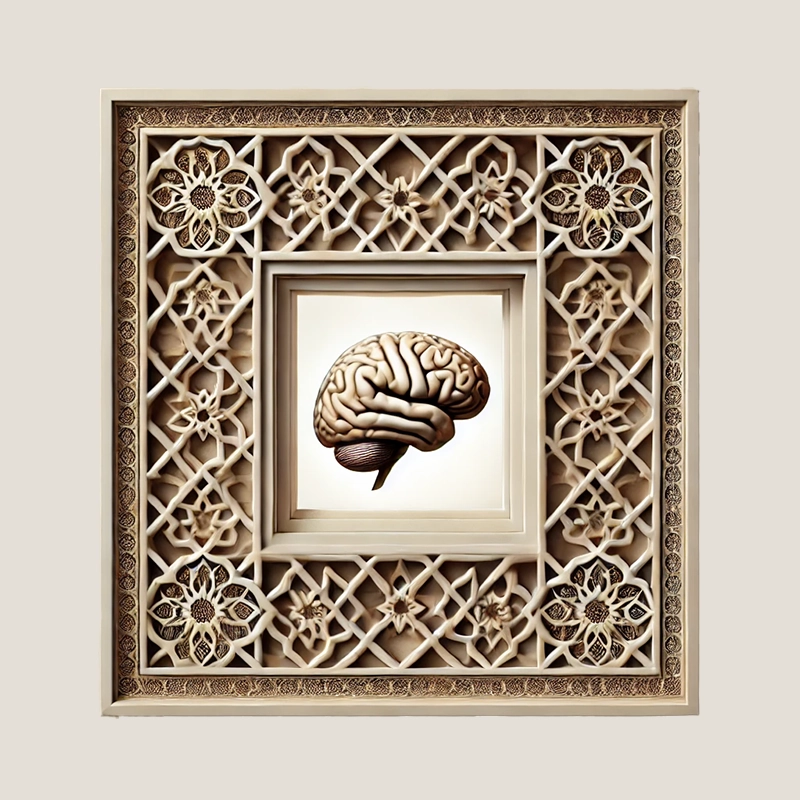The Ego, the Id, and the Qareen
Mohammad kawrani, kourani
In Islamic thought, the Qareen (قرين) is understood as a spiritual companion assigned to every human being, often viewed as a reflection or counterpart of the self. In some interpretations, it is considered a jinn or a force that influences a person’s inclinations, either toward good or evil. Here, we discuss the Qareen as the “mirror” of a human being in a parallel realm, a concept that can be seen metaphorically as part of the inner psychological and spiritual dynamics of the self.
The Qareen can be understood as the “true image” of a person in the parallel world of nature. The weaker a person is in resisting internal and external forces—such as desires, ego-driven impulses, or harmful external influences—the stronger the Qareen becomes in that parallel realm. Conversely, the more a person gains control over their own soul (nafs), desires, and inner conflicts, the greater their true essence manifests in this world, and the weaker the influence of the Qareen over them.
When we say “I,” it is important to realize that the “self” can represent two different states: a lower, distorted self or a higher, authentic self. In moments of distraction, unconsciousness, or sleep, a person does not fully embody their truest essence. The manifestation of the “I” depends on the degree of mastery over both internal forces (desires, emotions) and external challenges.
Understanding this dynamic requires a deep awareness of concepts such as reason (‘aql), rationality, the soul (nafs), selfishness, pride, arrogance, desire, instinct, and impulsiveness.
________________________________________
The Id, the Ego, and the Superego
Sigmund Freud introduced the concepts of the Id, the Ego, and the Superego as components of the psyche, according to his structural theory of the mind. In 1932, Freud elaborated on these three terms to explain the division between the conscious and unconscious mind:
• Id: The reservoir of unconscious desires, instincts, and repressed drives.
• Ego: The conscious self, which deals with external reality and mediates between the Id and the Superego.
• Superego: The internalized moral conscience, representing ideals, ethics, and societal values.
Freud believed these elements describe the dynamic relationship between the conscious and unconscious states. The Superego, often seen as the moral “guardian,” stands in direct opposition to the Id, which is the source of primal instincts and hidden impulses. The Superego is shaped by family, culture, religion, and societal norms.
________________________________________
Integrating the Islamic Concept of Qareen with Freud’s Theory
In Islamic spirituality, the Qareen could metaphorically be compared to the Id or even to the darker aspects of the subconscious, which constantly challenge the human self (nafs). The Qur’an mentions the Qareen in several verses (e.g., Surah Qaf 50:23 and 50:27), describing it as a companion who records or whispers actions and thoughts. This aligns with the idea that the struggle of the self is a battle between higher consciousness (akin to the Superego) and the lower, impulsive self (Id), with the Qareen representing the shadow aspect of this conflict


